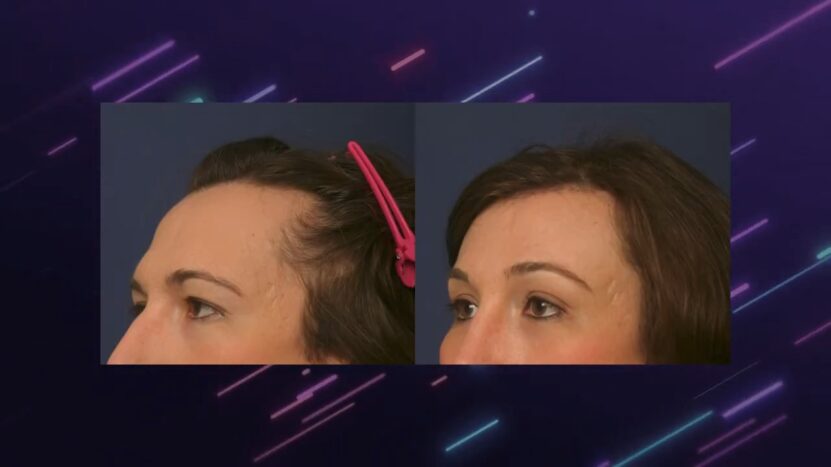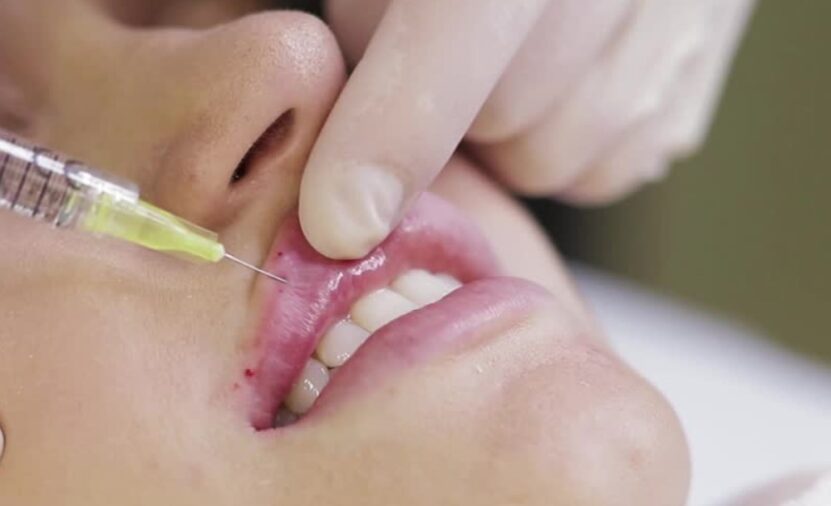In the transformative journey that is gender transition, one aspect that often holds immense significance is Facial Feminization Surgery (FFS). For many transgender women and non-binary individuals, FFS is a vital step towards aligning their outer appearance with their inner identity. This comprehensive guide covers everything you need to know about these complex surgical procedures, all presented in a digestible format.
What is Facial Feminization Surgery (FFS)?
Facial Feminization Surgery (FFS) is a set of surgical procedures that modify facial features to bring them closer to typical feminine facial characteristics. These surgeries aim to soften masculinized features and can include everything from hairline correction to jaw and chin contouring. FFS is not just one surgery but a suite of procedures that may be customized depending on an individual’s unique needs and goals.
Who Can Benefit From FFS?
While FFS is primarily associated with transgender women and non-binary individuals, anyone who wishes to feminize their facial features can opt for these procedures. Many cisgender women also undergo FFS to achieve a more traditionally feminine appearance.
Common Procedures Involved in FFS
Now that we have a basic understanding of what FFS is, let’s delve into the specific procedures that are often involved.
1. Forehead Reduction and Contouring

The forehead is one of the most distinguishing features between male and female faces. Men typically have a larger, more prominent forehead with a pronounced brow ridge. Forehead reduction and contouring surgery aim to reduce the size of the forehead, smoothen the brow ridge, and adjust the hairline for a softer, more feminine look.
2. Rhinoplasty
Rhinoplasty, or “nose job,” in FFS involves refining the nose’s size and shape to better fit feminine proportions. This can mean reducing the overall size of the nose, reshaping the nostrils, or adjusting the angle between the nose and the upper lip.
3. Cheek Augmentation
High, full cheekbones are a common feminine trait. Cheek augmentation can be done through implants or fat grafting to enhance the volume and projection of the cheeks.
4. Lip Lift and Augmentation

Lip lift and augmentation aim to create fuller, more prominent lips that are usually associated with femininity. A lip lift reduces the distance between the nose and the upper lip, making the lip appear fuller and more youthful.
5. Chin and Jaw Contouring
Chin and jaw contouring surgeries aim to reduce the size and angularity of these features. This involves reshaping the bone and soft tissues to achieve a rounder, softer appearance.
6. Tracheal Shave
Also known as Adam’s apple reduction, this procedure reduces the size of the thyroid cartilage to minimize the appearance of Adam’s apple.
7. Hair Transplant
For those with a receding hairline, hair transplant surgery can help create a more feminine hairline by filling in the temples and lowering the hairline.
Understanding the Risks and Recovery
Like any other surgical procedures, FFS comes with its share of risks, including infection, poor wound healing, nerve damage, and dissatisfaction with aesthetic results. It’s essential to discuss these potential risks with your surgeon beforehand.
Recovery times vary depending on the specific procedures performed. Generally, patients can expect significant swelling and bruising for the first two weeks post-surgery. Most people can return to work or their regular activities within 2-4 weeks, although full healing can take several months.
Choosing the Right Surgeon
Choosing a surgeon who is experienced and specialized in FFS is crucial. Look for a board-certified surgeon who has performed many FFS procedures. Spend time reviewing their before-and-after photos and patient testimonials. A good surgeon should be able to guide you through the decision-making process, helping you choose the procedures that will give you the best results.
Also, consider the surgeon’s communication style and empathy. Undergoing FFS is a deeply personal journey, and it’s important to choose a surgeon who respects your identity and listens to your concerns and goals.
The Role of Mental Health Professionals
Mental health professionals play a vital role in the FFS journey. Many surgeons require a letter from a mental health professional diagnosing the individual with gender dysphoria and affirming their readiness for surgery. Moreover, mental health professionals can provide valuable support throughout the transition process, helping individuals cope with emotional challenges and societal pressures.
The Costs of FFS
The cost of FFS can be quite high, ranging from $20,000 to over $50,000 depending on the extent of the procedures. Unfortunately, not all insurance companies cover these surgeries, so it’s important to check your coverage beforehand. Some people also fund their surgeries through personal savings, loans, or fundraising platforms.
The Impact of FFS on Quality of Life
While the physical changes from FFS are significant, the psychological and emotional benefits can be even more profound. Many individuals who undergo FFS report an increase in self-esteem and a decrease in gender dysphoria. They often feel more comfortable in their own skin and are happier with how they present themselves to the world.
Preparing for Facial Feminization Surgery

Physical Health Assessment
The first step in preparing for FFS is a comprehensive physical health assessment. Your surgeon will need to understand your overall health status to determine your eligibility for surgery and to plan your procedures effectively. This assessment might include lab tests, imaging studies, and a detailed medical history.
Smoking and Medication Considerations
Smoking can significantly affect your healing process, so you’ll be asked to quit smoking at least a few weeks before surgery. Some medications and supplements might also increase your risk of bleeding or interfere with anesthesia, so your surgeon will review your current medications and possibly adjust them.
Understanding the Limitations of FFS
While FFS can bring your facial features closer to typical feminine characteristics, it has its limitations. For instance, it cannot change the size of your skull, alter your voice, or affect your body shape. It’s important to have realistic expectations about what FFS can and cannot achieve.
Post-Operative Care and Lifestyle Changes
After your surgery, you’ll need to follow specific post-operative instructions to promote healing and achieve the best results. These instructions might include wound care, medication regimen, activity restrictions, and follow-up appointments.
Long-term, you might need to make lifestyle changes to maintain your results. This could include adopting a healthy diet, regular exercise, a skincare regimen, and possibly hormonal therapy.
Psychological Preparation for FFS
FFS is not just a physical journey but a psychological one as well. It’s normal to feel a range of emotions, from excitement and anticipation to anxiety and fear. Preparing yourself mentally for these emotions can make the process smoother.
Counseling or support groups can be very beneficial during this time. They provide a safe space to express your feelings, share experiences, and gain insights from others who have gone through a similar journey.
Importance of Social Support
Having a strong social support network is crucial during your FFS journey. This could include family, friends, mentors, or members of the transgender community. They can provide emotional support, assist with practical matters, and help you navigate social situations post-surgery.
Long-Term Follow-Up and Additional Procedures

FFS is typically not a one-time event but a process that involves long-term follow-up with your surgeon. This is to monitor your healing, assess your satisfaction with the results, and address any complications.
In some cases, additional procedures might be necessary to refine the results or address changes that occur with aging. Your surgeon will discuss these possibilities with you during your initial consultation and subsequent follow-ups.
Final Thoughts
Facial Feminization Surgery can be a transformative step in the journey towards aligning one’s physical appearance with their gender identity. It’s a complex process that requires careful consideration, planning, and the right medical team. But with the right information and support, FFS can indeed be a life-changing experience.
To summarize, this guide has provided an overview of what FFS involves, the common procedures, the associated risks and recovery, and the selection of the right surgeon. Additionally, it highlighted the role of mental health professionals, the costs, and the impact of FFS on the quality of life.
However, remember that every individual’s journey is unique, and what works for one person might not work for another. Always consult with medical professionals when making decisions about FFS or any other medical procedures.
Whether you are just starting your transition journey, considering FFS, or simply wanting to understand more about these procedures, we hope this guide has been informative and helpful. Remember, every step you take towards your authentic self is a step towards personal freedom and happiness. Stay strong, stay informed, and stay true to who you are.

